Sean Vegezzi - DMYCC
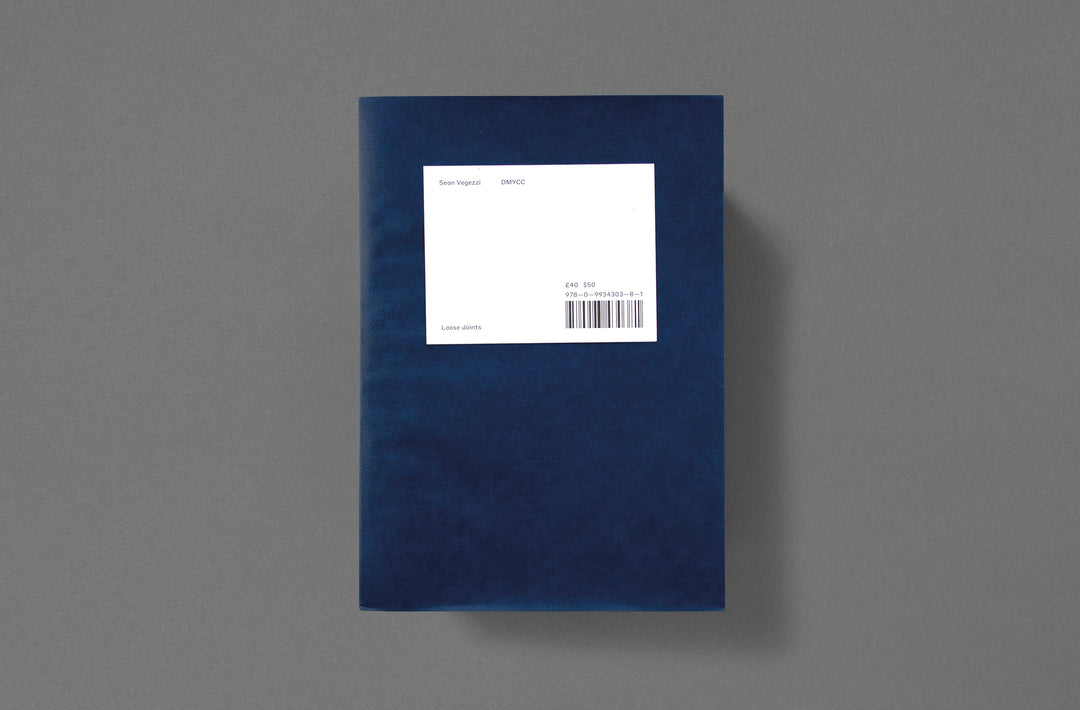
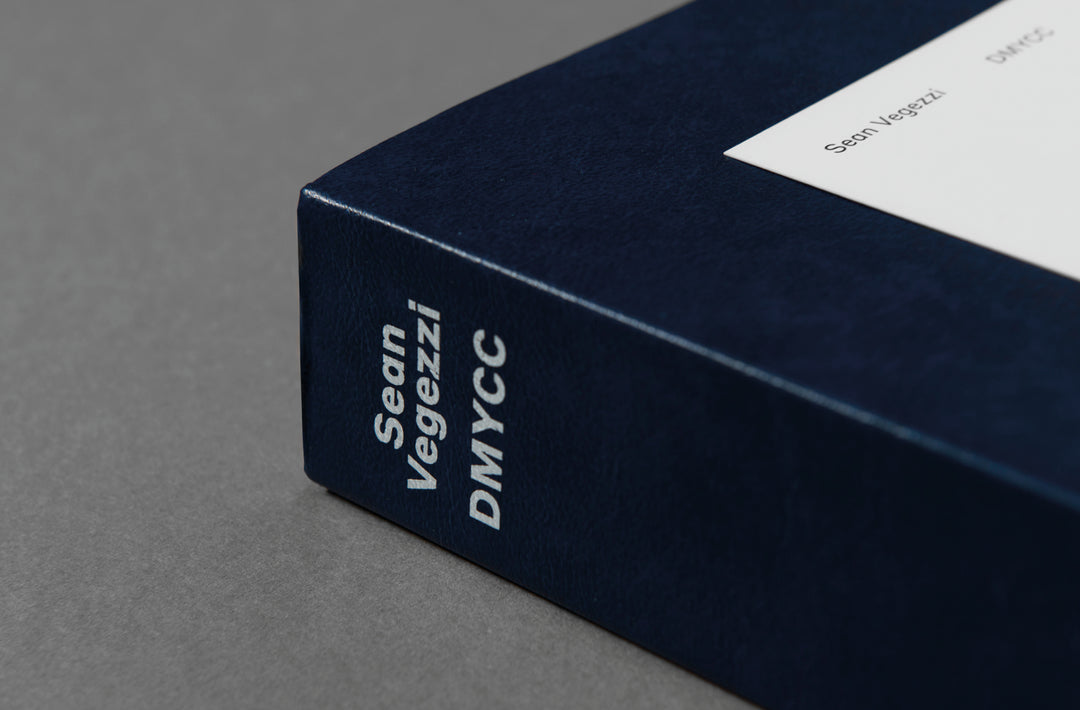
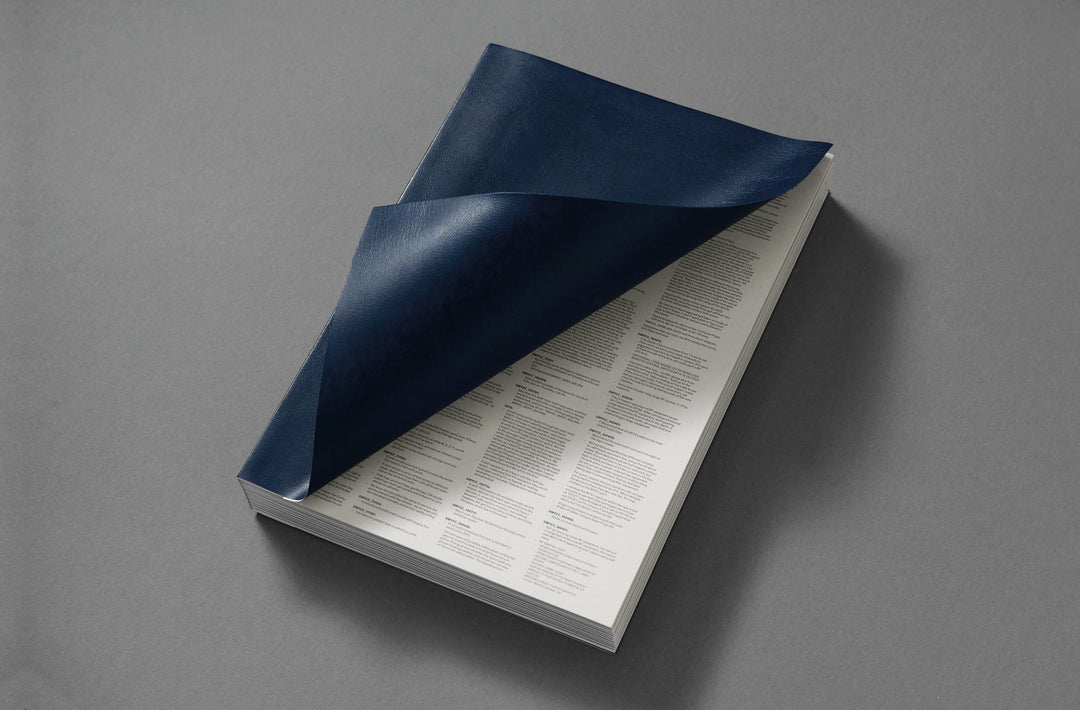
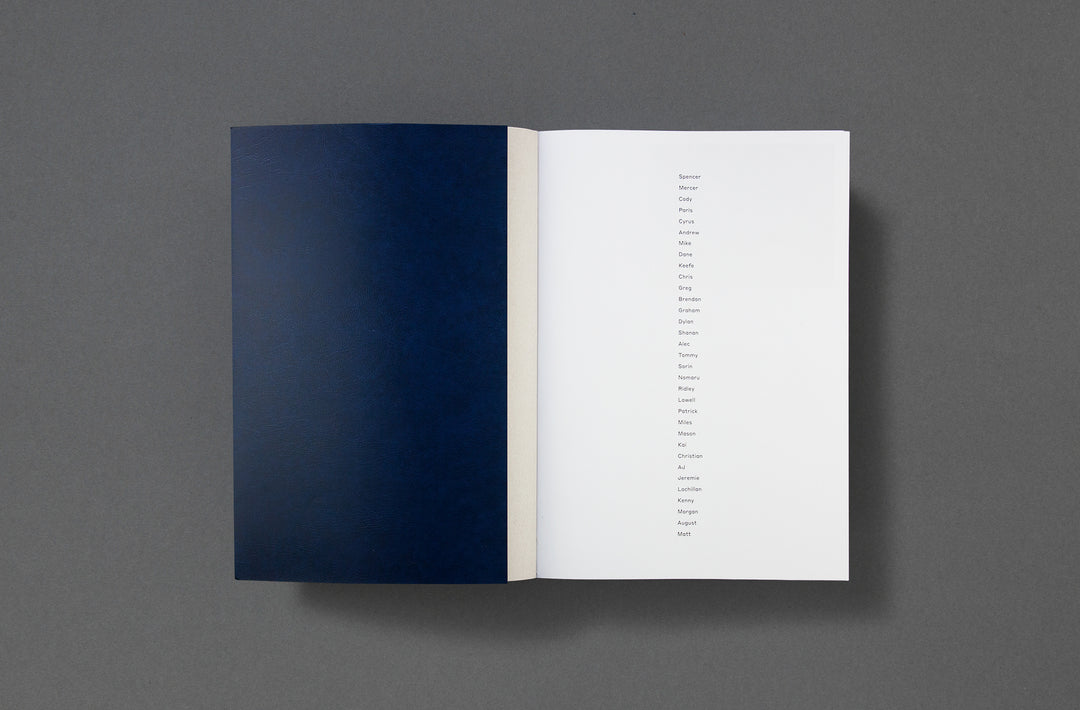

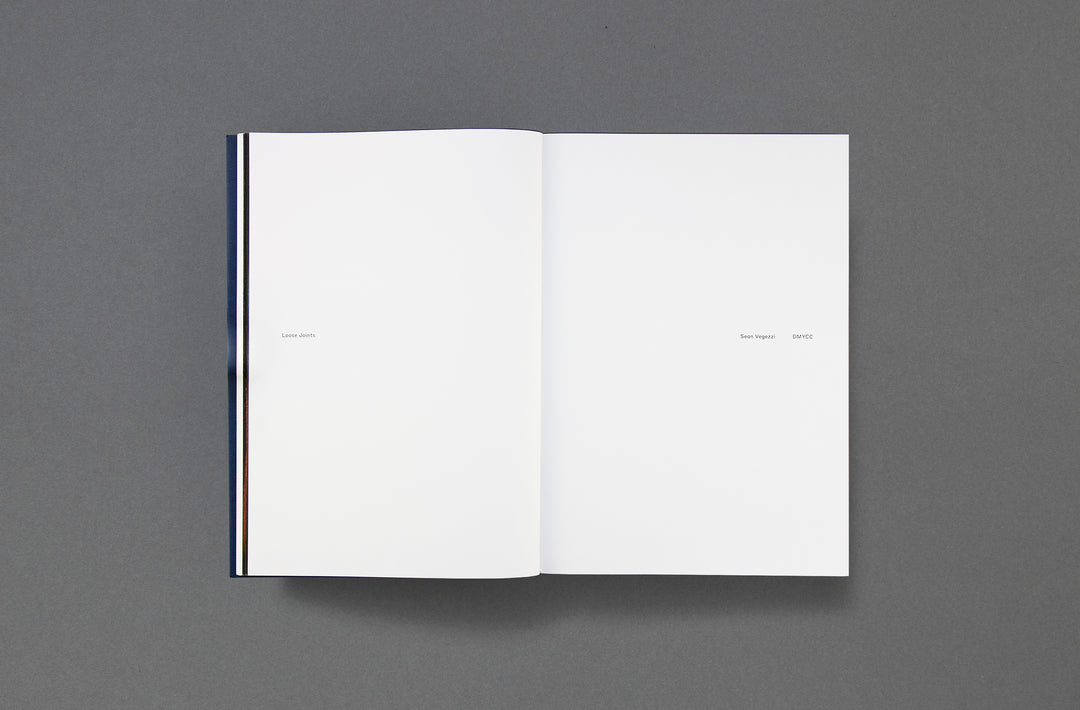

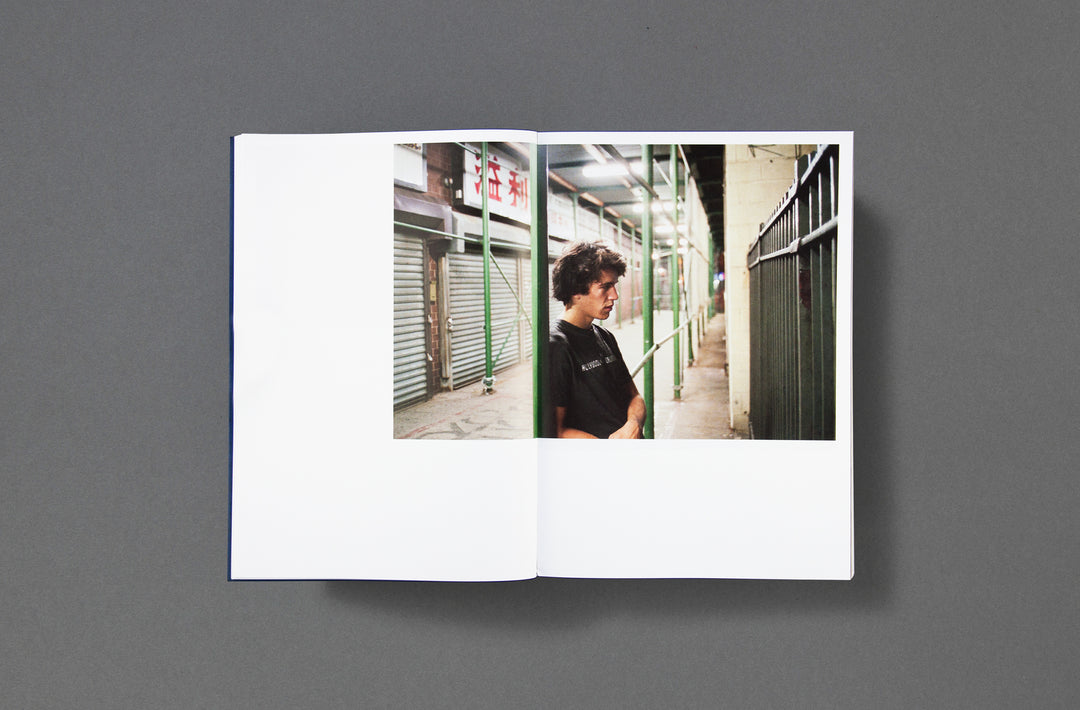
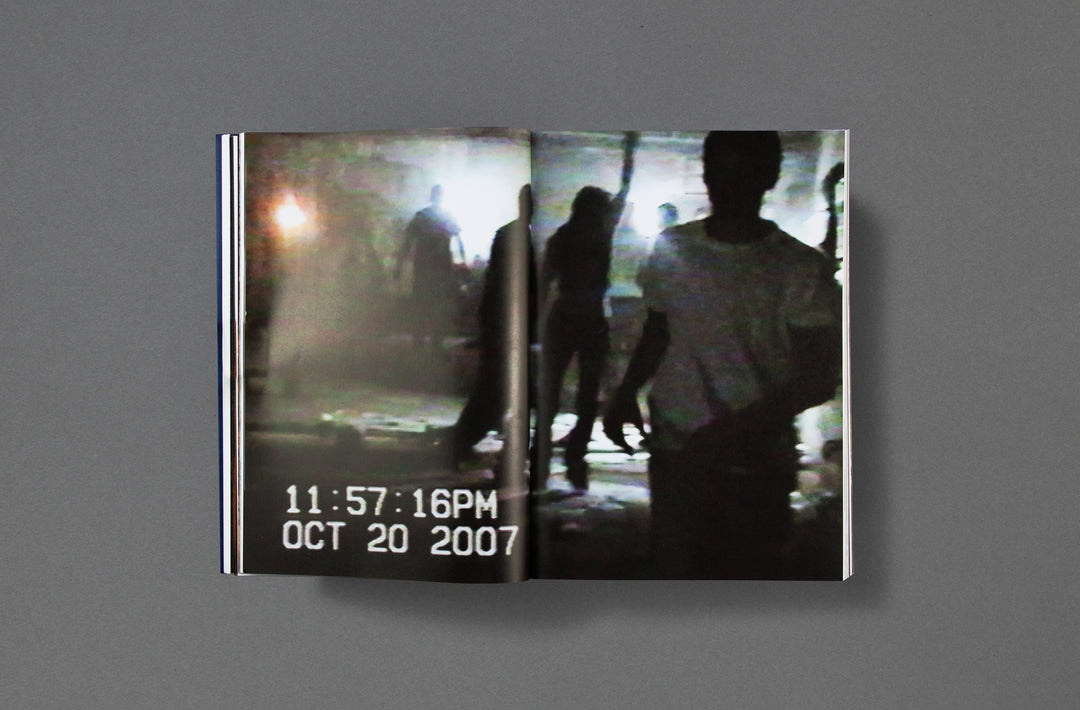
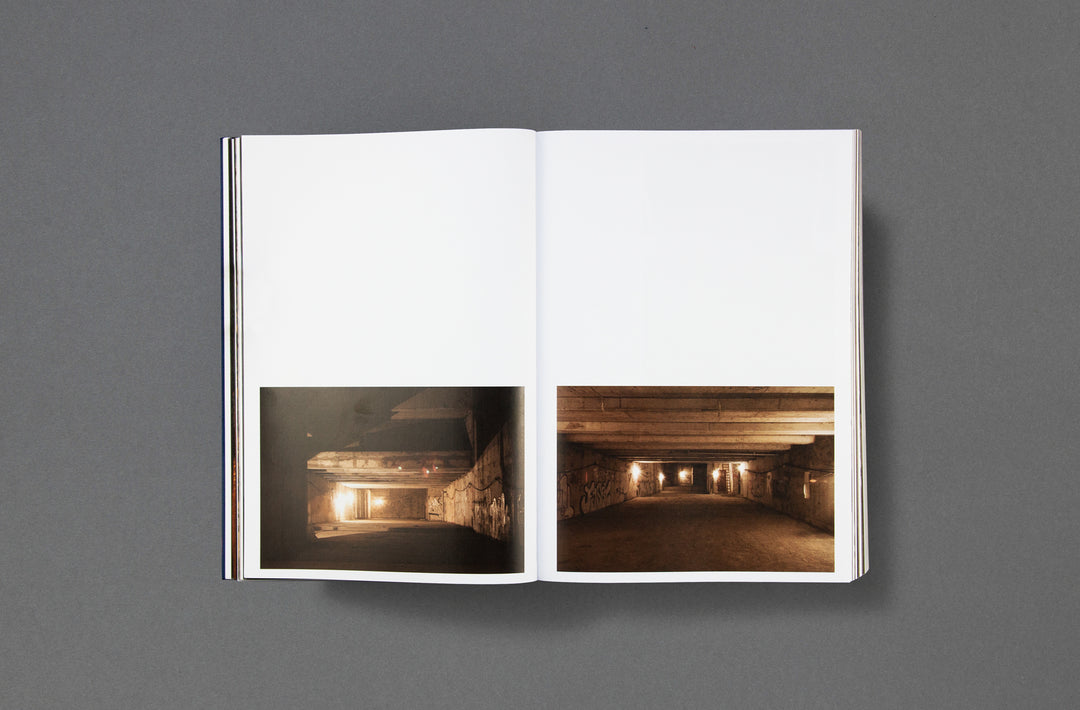
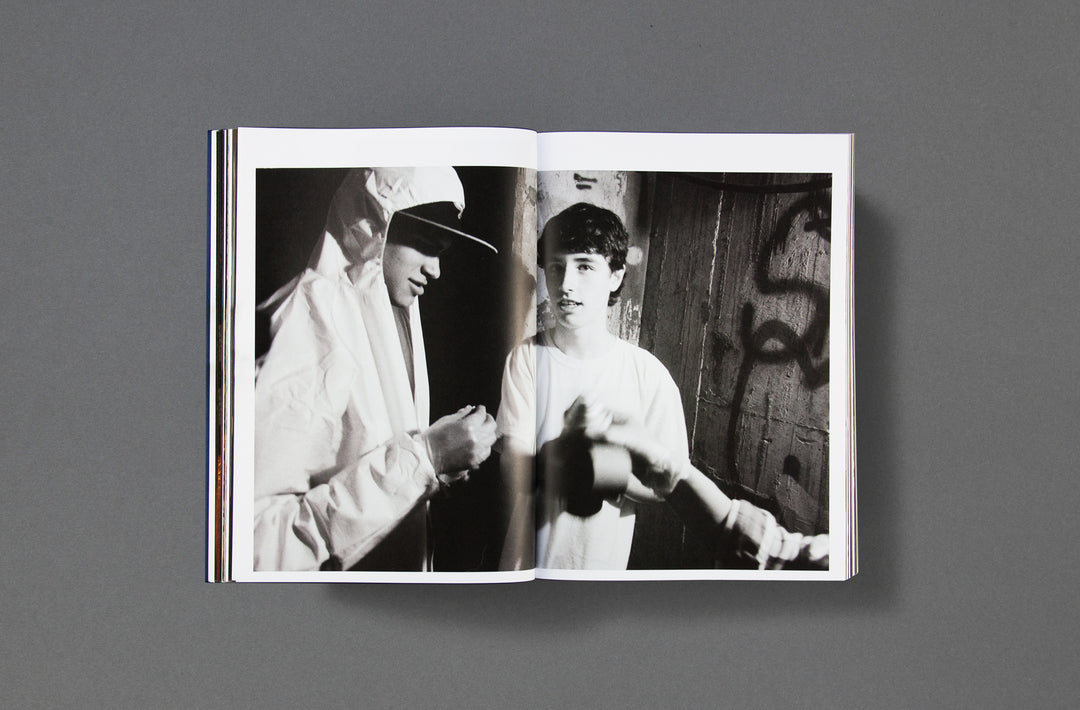
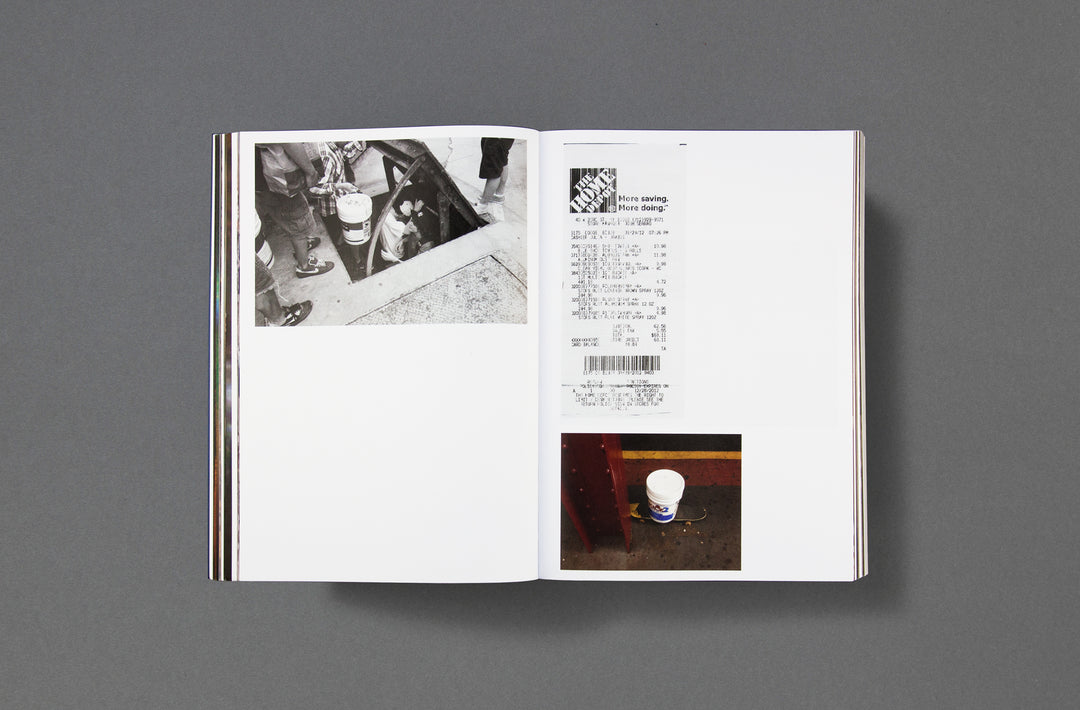

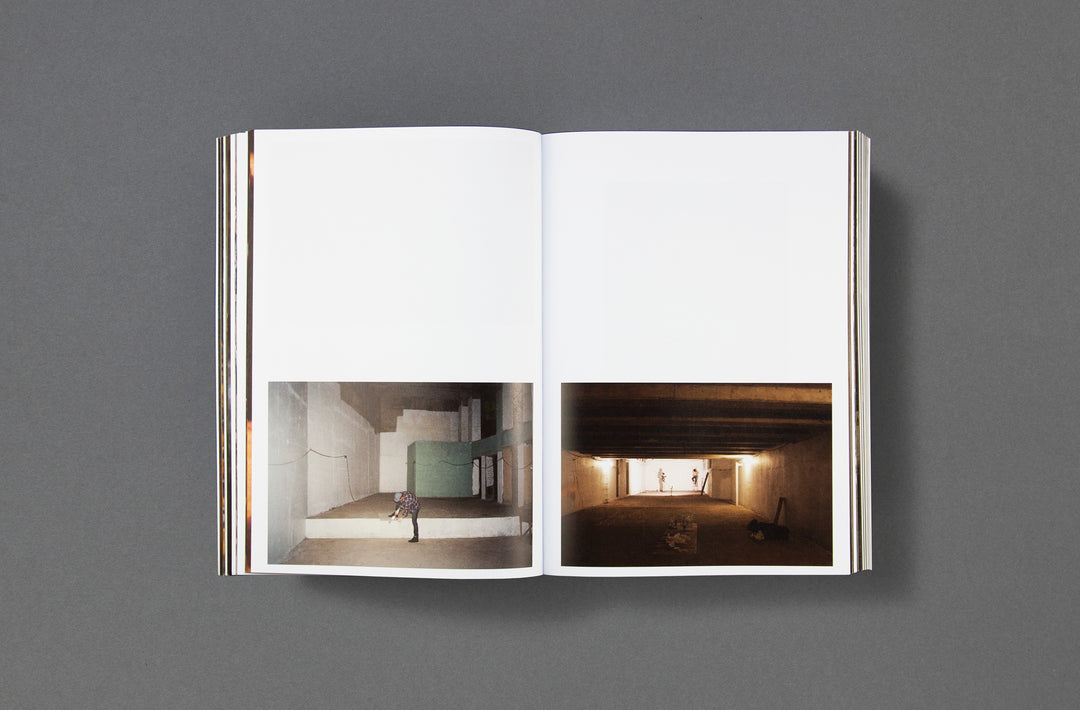
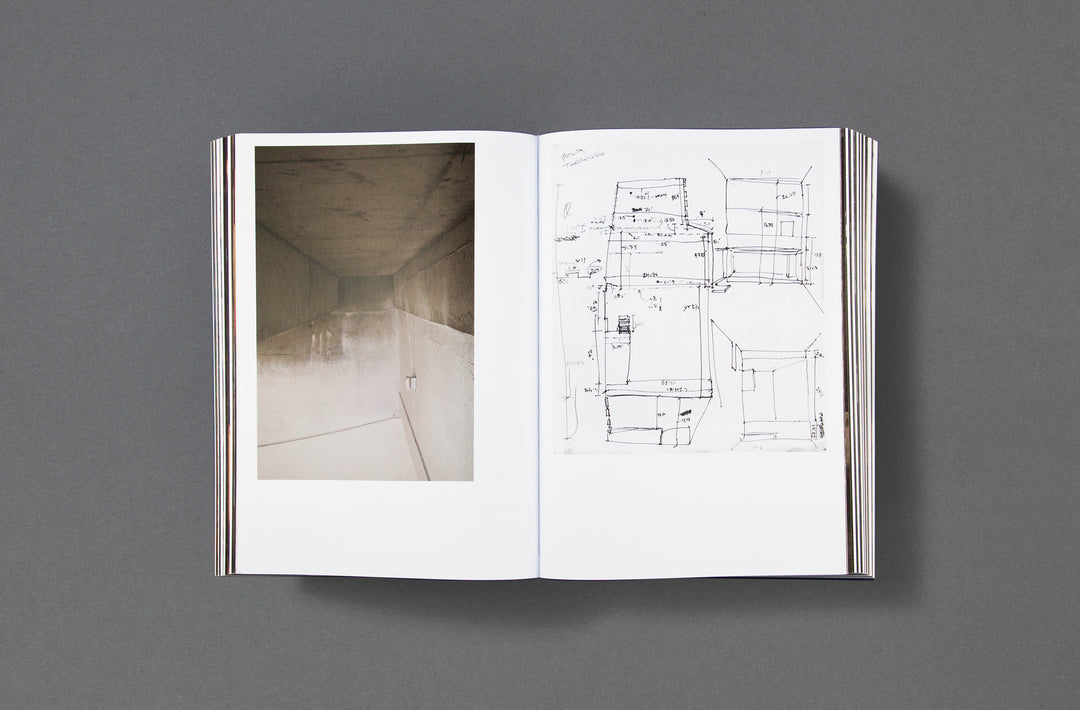
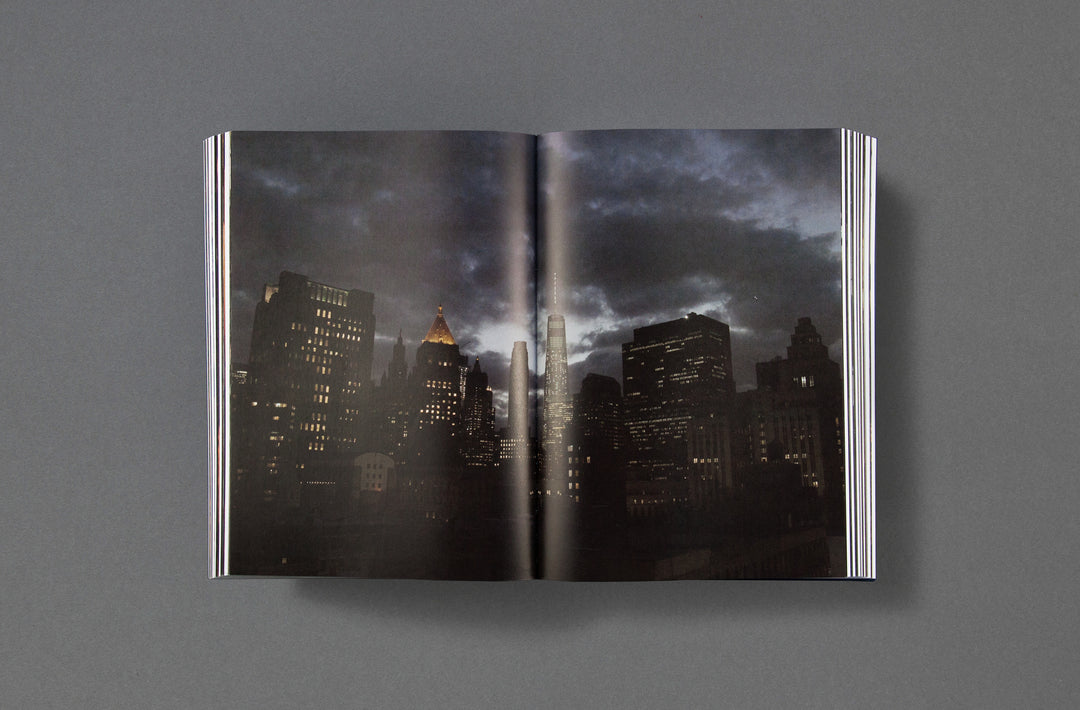
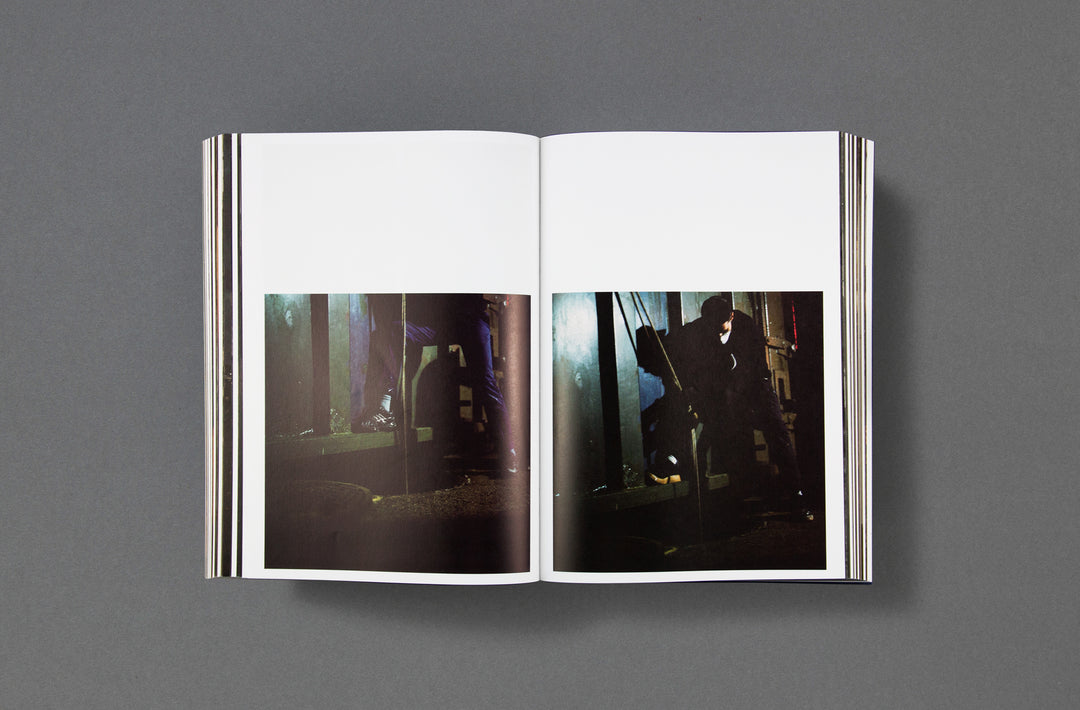
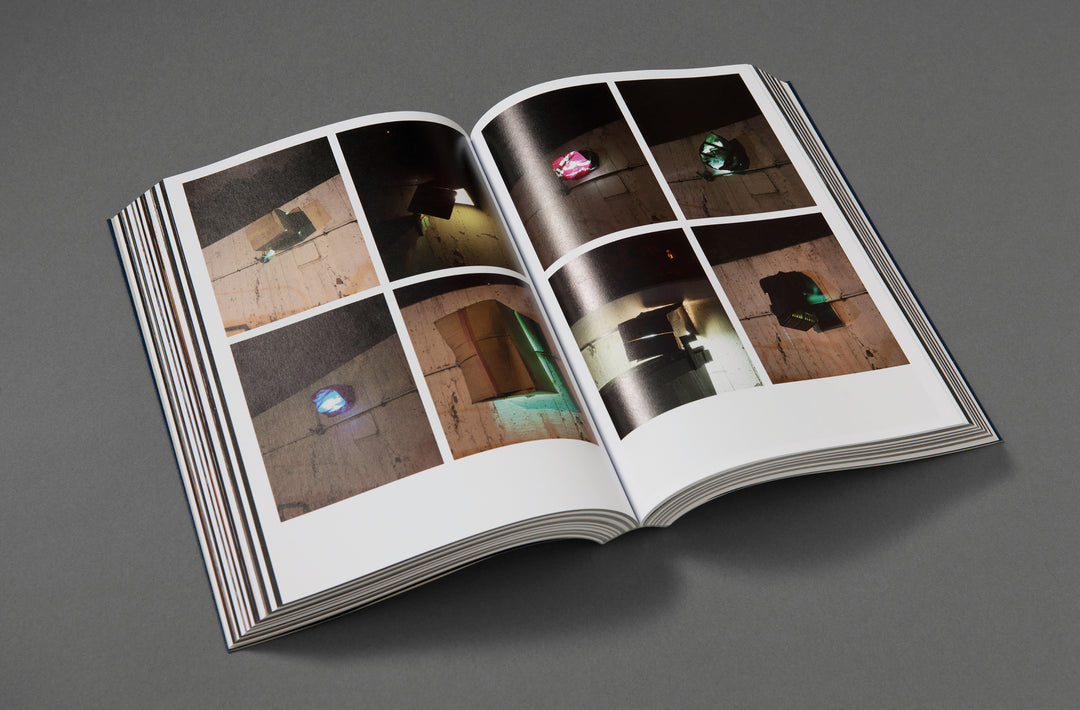
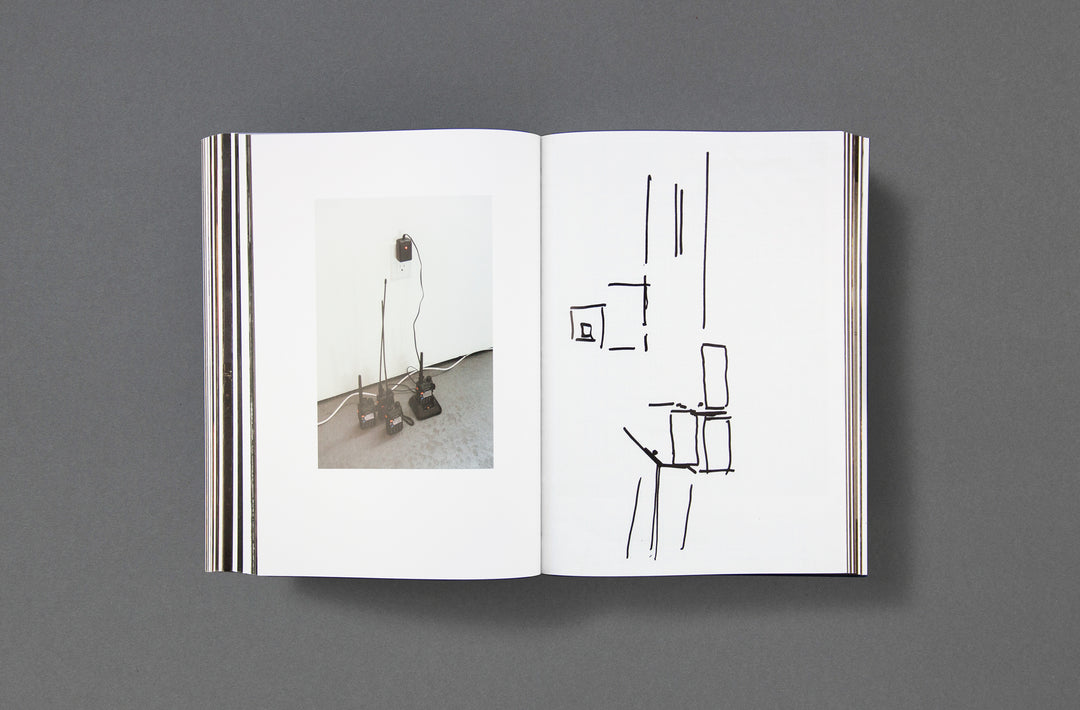
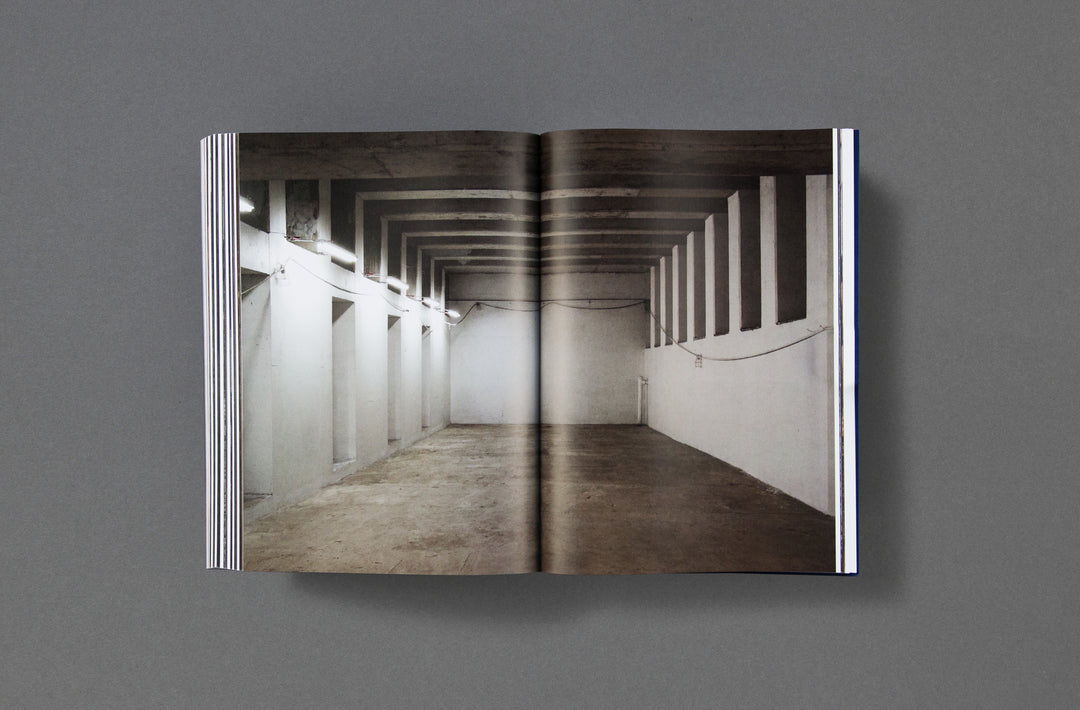

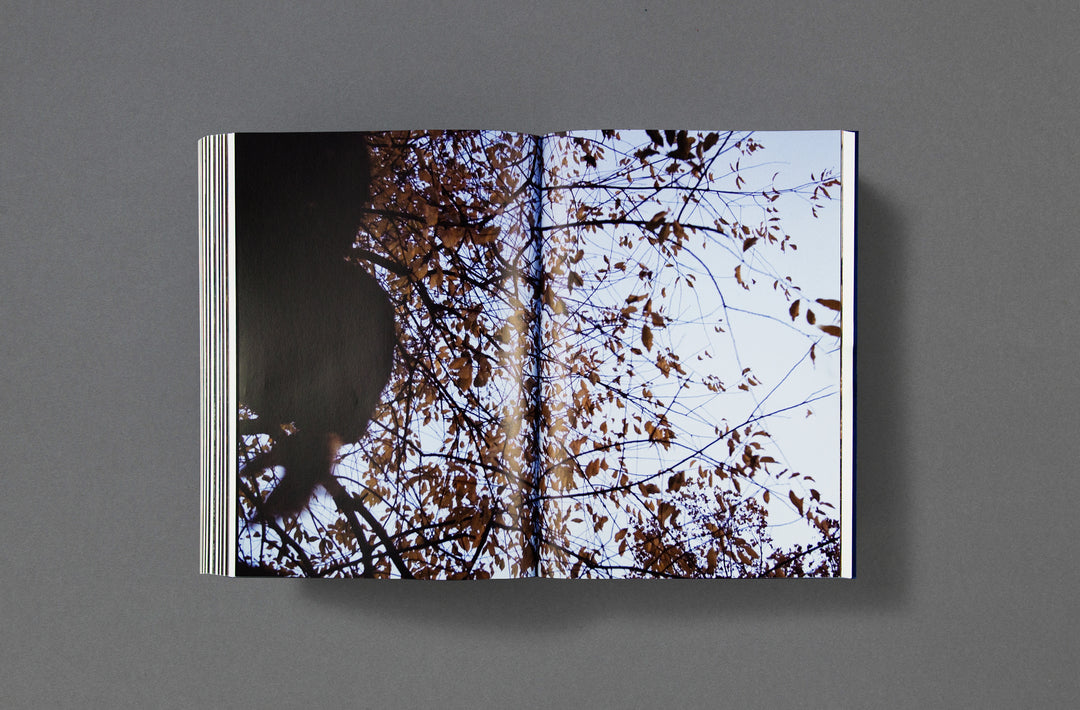

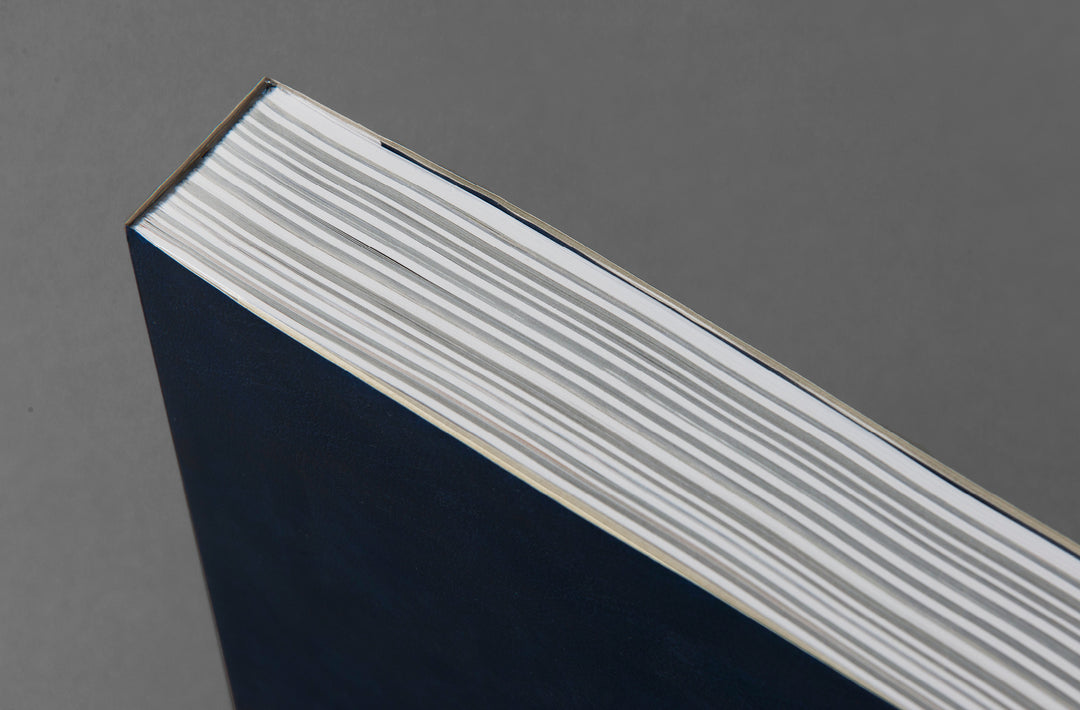
- 624 pages, 723 colour plates, 205 × 290 mm
- Cold glue perfect-bound softback with a faux-leather cover
- ISBN 978-0-9934303-8-1
- Published in September 2017
DMYCC by Sean Vegezzi documents the artists’ decade-long engagement with a cavernous underground area constructed beneath Lower Manhattan. It is one of several tunnel segments built in the 1970s by the New York City Transit Authority for the Second Avenue Subway, a convoluted and controversial subway line that was proposed as early as 1919, and partially realized in 2017. After the initial construction of the tunnel segment, the space was quickly overlooked, and prior to its discovery by Vegezzi, the phantom-like provisional enclosure lay in a state of non-use and deterioration. DMYCC is an initialism that encompasses the physical space itself, the desire to gain access to it, and a shifting roster of efforts to install and enact a private recreational domain within it.
As their surrounding city experienced aggressive development and a hyper-securitization of public and private realms, Vegezzi and his friends were drawn towards undefined spaces to pursue their own forms of autonomy and release. From early adolescence onward, they leveraged this piece of failed architecture into an alternate social forum, stage, club, and studio space. After a large party left the space in complete disrepair, Vegezzi planned a large-scale renovation, culminating in an exhibition of photographic works within the space. As intense preparation for the exhibition was unexpectedly discovered and halted, security measures increased and the group's engagement with the space took on the current contours of the project.
Presented in book form as a loose chronological narrative, the images in DMYCC eventually form a comprehensive mapping of the territory; ranging from early evocative analogue photographs of youthful explorations through to video stills, receipts, and architectural floor plans; concluding with full-scale photographic surveys that challenge bureaucratic structural reports in both detail and formal composition. Elsewhere, Vegezzi turns the methodologies of surveillance back onto the authorities and other intruders, monitoring their communications, mapping their moves, vehicles, their trash and their notes. Vegezzi’s desire for indexicality grows over time in extent and fastidiousness; as if the accumulation of images validates his acts of ownership without title. We see DMYCC develop from a contaminated space with non-functioning utilities into one treated with dust control chemicals to improve air quality, a working drainage system, primed walls, repaired electricity lines and meticulously considered lighting systems.
Through the quiet, disciplined nature of their renovation work, Vegezzi and his friends deconstruct the distinctions between sanctioned municipal overhauls and more informal ones. Vegezzi takes these gestures to their logical extremes, in which physical boundaries and barriers are strategically undone and each task forensically documented. These documents are sympathetic yet critical, positing the city as an unknowing collaborator.
Sean Vegezzi (b. 1990) is an artist whose work is comprised of image-making, sculpture, writing and spatial intervention. His practice examines the effect that both public and private space have on the individual, blending personal experience with narratives of autonomy, privacy and security. Vegezzi’s first book of photographs, IDWGU (Fourteen-Nineteen, 2012) is a narrative of adolescence in Lower Manhattan. Vegezzi’s recent work includes large-scale exhibitions such as Snow Cab (Loose Joints, 2016), and performative interventions such as Scott and Joey (both 2015) - as well as curatorial projects 15 Warren and 170 Suffolk.
- Press:
- Review by Sean Corcoran in The Photobook Review, Issue 14
- 20-page portfolio in Hotshoe Magazine
- Interview on Know-Wave Radio
- Temporary Art Review
- Dazed Digital
- It's Nice That
-
Watch the entirety of DMYCC
(76 mins) online at Now-Instant
- A screening of DMYCC happened from Thurs 27 – Sunday 30 September 2018 at OUTPUT Gallery, Liverpool.
- An exhibition of DMYCC ran in London from 10 December 2017 – 7 January 2018 at Roaming Projects in Hackney. More info & documentation here.
- The book was launched in NYC with a special event and film screening on Sunday 24 September 2017, at M.S. 131 in downtown Manhattan. More info & documentation here.